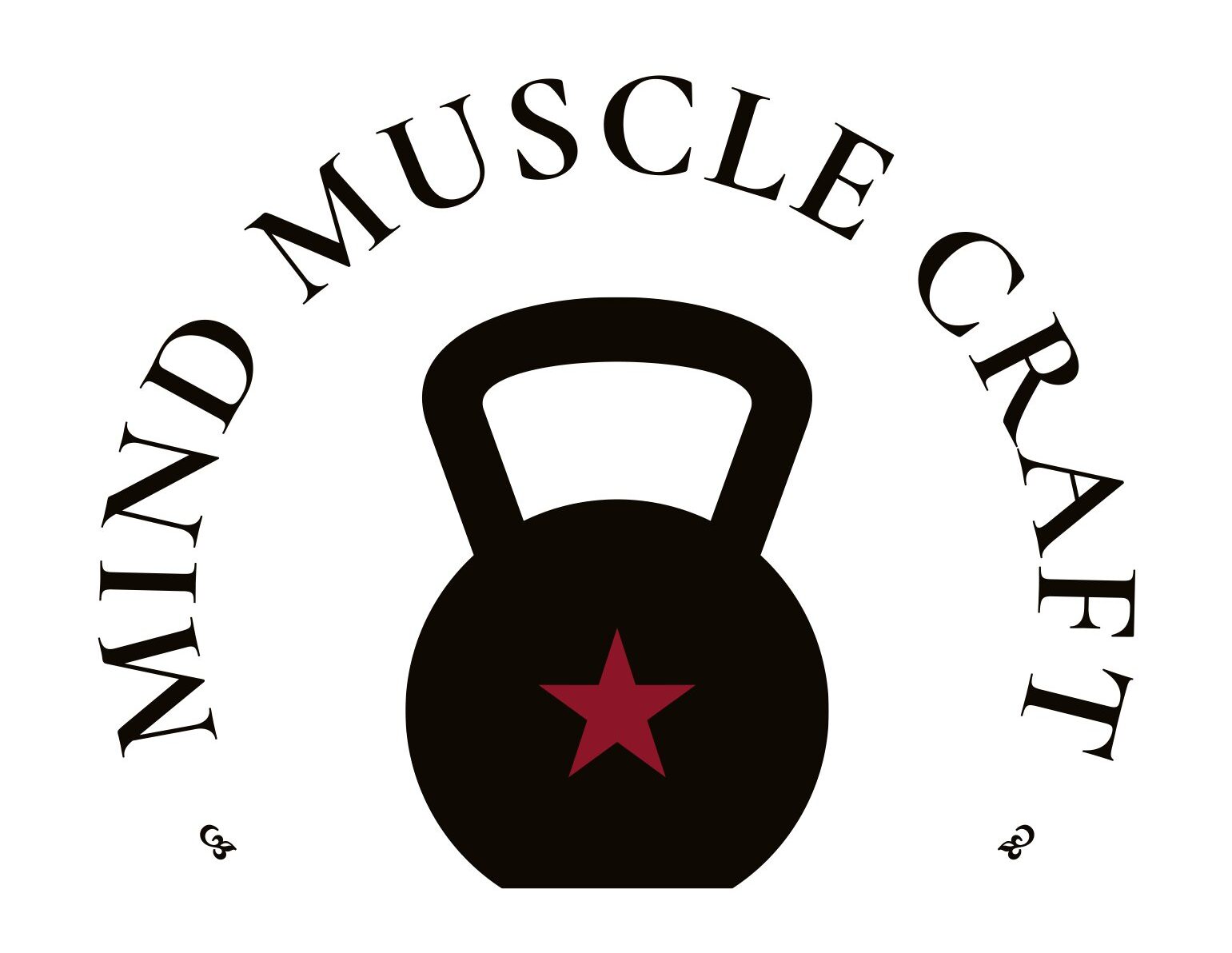Unveiling the Power of Core Stability for Posture and Everyday Functionality
The core muscles, comprising the multifidus, transverse abdominis, and pelvic floor,
are the unsung heroes of our body’s biomechanics. Their role extends far beyond
achieving a six-pack; they play a pivotal role in maintaining stability, supporting the
spine, and ensuring efficient movement. Neglecting these muscles through a lack of
regular exercise can lead to a loss of instinctive engagement during everyday
activities, resulting in muscular imbalances and potential injuries, particularly in the
realm of poor posture.
The Core’s Vital Role in Everyday Movements:
When core muscles are not exercised regularly, the risk of losing the ability to engage
them instinctively rises. Everyday actions, such as bending and lifting, become
compromised as other muscles take over. This shift can lead to muscular
imbalances, where one muscle group becomes stronger than its opposing
counterpart, setting the stage for poor posture and increasing the likelihood of
injuries in the long run.
Benefits of Core Training:
Investing time in core training brings forth a myriad of benefits, including:
● Improved Posture: A strong core is fundamental to maintaining an upright and
balanced posture.
● Enhanced Back Support: Core exercises provide increased protection and
“bracing” for the back, reducing the risk of strain and injury.
● Greater Balance and Coordination: Core stability is synonymous with
improved balance and coordination.
● Increased Power and Speed: A stable core is the powerhouse for generating
strength and speed in various physical activities.
Core Function and Its Components:
The core acts as an axis where the muscles of the hips, abdomen, and back
collaborate to support and stabilize the spine. Its functions include:
● Stabilizing the Thoracic Cage and Pelvis: Ensuring stability during movement.
● Providing Internal Pressure for Biological Functions: Contributing to internal
pressure required for various bodily functions.
● Maintaining Strength, Stability, and Mobility of the Spine: Critical for overall
spinal health.
● Serving as an Axis of Power for the Kinetic Chain: A powerhouse for
coordinated movement in the arms and legs.
Deep Muscles Involved:
Transverse Abdominis
Internal Obliques
Pelvic Floor Muscles
Multifidus
The multifidus, in particular, plays a crucial role in keeping the spine straight and
evenly distributing body weight along it.
Importance of Core Stability for Posture Improvement:
To enhance posture and optimize limb movement efficiency, core stability training is
paramount. This form of training targets the deep muscles of the abdomen, hips, and
spine, creating a foundational base for support. The multifidus, transverse
abdominis, and pelvic floor collectively form a “cylinder” around the lower torso,
stabilizing the lumbar spine during various movements.
Initiating Core Activation:
Beginning core stability training may initially pose challenges in activating the deeper
core muscles. Starting with basic exercises in “Activating Your Core” can serve as a
foundational step to gradually build strength and coordination.
Core Stability Benefits:
● Improved Posture and Skeletal Alignment
● Increased Body Awareness, Control, and Balance
● Provides Stability and Support for Daily Tasks
Sample Core Stability Exercises:
Plank Variations:
● Standard Plank
● Side Plank
● Reverse Plank
● Plank with Shoulder Taps
Bridge Variations:
● Glute Bridge
● Single-Leg Bridge
● Bridge with Leg Lift
In conclusion, understanding the significance of core stability goes beyond
aesthetics; it is a fundamental aspect of maintaining overall health, preventing
injuries, and enhancing the efficiency of daily movements. Incorporate core-focused
exercises into your routine and unlock the potential for a stronger, more balanced,
and resilient body


Recent Comments